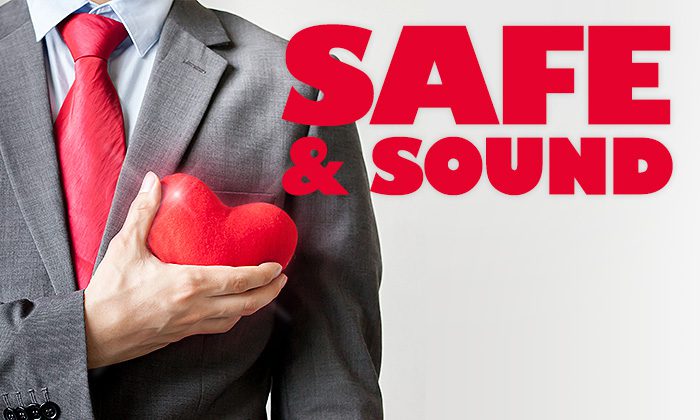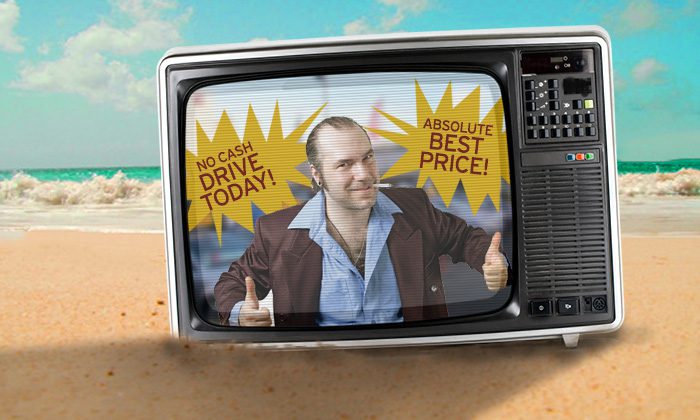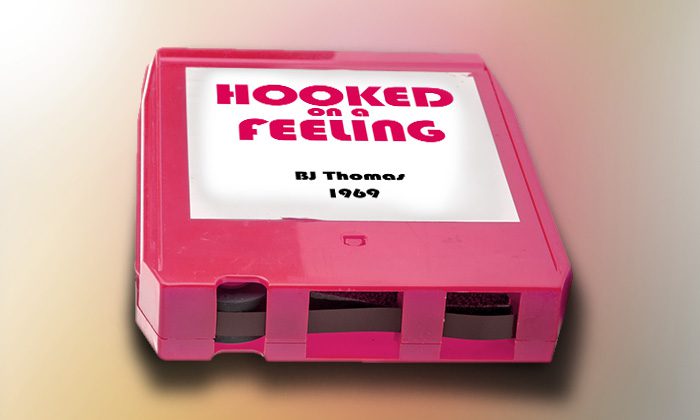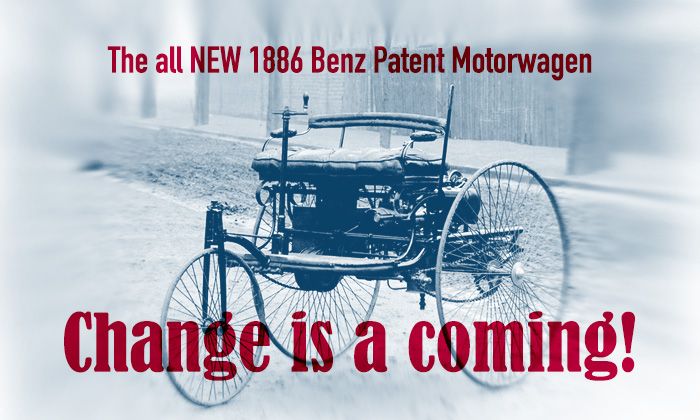Safe and Sound!

In the F&I office, one of the most important things we do for our customers is prioritize the effort to put them at ease and give them a safe F&I environment.
Do the Work!

Selling intangible products is hard! I’ve never seen a customer so excited about buying a vehicle service agreement that they can’t wait to show it to their friends. Selling intangible products requires discovering and helping the customer see their need for the product. You must make the product and its benefits come alive by painting a picture and putting the customer in that picture using the product. It’s a unique skill set that must be developed by researching the products and role playing the effort to move customers to buy.
3 Levels of Selling the Invisible!

The F&I product sold by the F&I manager, as with any insurance-based product, are invisible. Customers buy a tangible product because they can see, touch, smell or test it. However, they buy an intangible product because they see a need for it or are motivated by the fear of not having it. Many salespeople that have sold tangible products attempt to sell intangible products in a similar manner. At best, that is a recipe for mediocre success. There are three levels of selling intangible products and an intentional effort to use the most effective manner, level 3, will bring the most success.
Growing from the Inside Out!

Sales is a numbers game. However, many times we get things backwards. We focus almost exclusively on results (outside) to the neglect of the process (inside) that produces them. I remember the first time I said to an owner who had just made very clear their desire for the numbers to increase; “so you want more apples on the tree.” I explained further that you don’t get more apples by yelling at the tree or beating on the trunk! You get more apples when you provide the ingredients to improve the health of the tree — working from the inside out.
The Chick-fil-A Difference

Chick-fil-A draws from the same pool of individuals to hire employees as Taco Bell, McDonald’s and other fast food restaurants. Yet their customer service skills and intentional effort to respond with “Please,” “Thank You” and “My pleasure,” has been one of the core principals of their success. While other fast food providers have a consistent process for preparing food, Chick-fil-A is very focused on the customer experience.
Lightbulbs, Microphones and a Tattoo Machine!

Thomas Edison is known for his lifelong achievements, but he did not get there overnight. Determination and commitment paved his way to success, and they can for you, too.
That Crazy Columbo!

Most of us have laughed at the crazy efforts of Lieutenant Columbo to lull criminal suspects into letting their guard down and then watched as he would get information that no one else could. An article in the American Bar Association Journal even reported that the best way to interrogate a suspect is to “Think Columbo.” I loved the TV show and what the character has taught us about human behavior. Understanding human behavior allows us to better understand customer behavior in the F&I world. Here are two reasons why his efforts worked so well.
Your Competitive Advantage

During a recent (and rare) vacation along Florida’s Gulf Coast, I watched more evening TV than I have in quite some time. I was amazed by how many dealership commercials I experienced. It appeared that everyone was trying to gain a competitive edge with the cleverest marketing ideas and the guaranteed lowest price.
Hooked on a Feeling

I’m revealing my age when I recount “Hooked on a Feeling,” the 1969 hit by BJ Thomas. This song intimates the importance of an emotional connection. Emotionally connected customers buy more of your products and services, exhibit less price sensitivity, open up and talk more, and are more likely to recommend your dealer clients to their friends and family. Facts can help eventually get a customer to take action; however, that only happens after they have become emotionally attached to the product or what it will do for them.
Change is a-Coming!

The year 1886 is regarded as the birth year of the modern car.
In that year, German inventor Karl Benz built the Benz Patent-Motorwagen. Cars did not become widely available until the early 20th century. One of the first cars accessible to the masses was the 1908 Ford Model T, and the transportation industry was forever changed.
